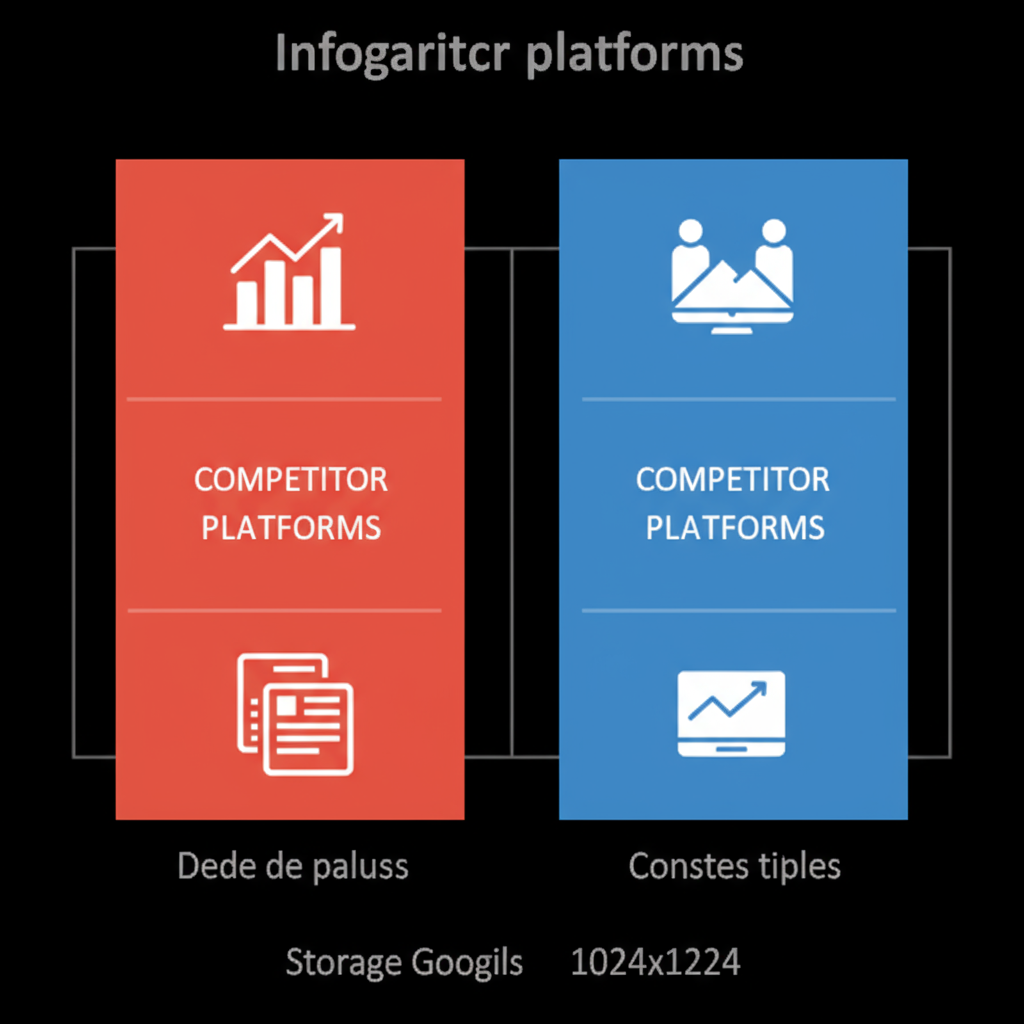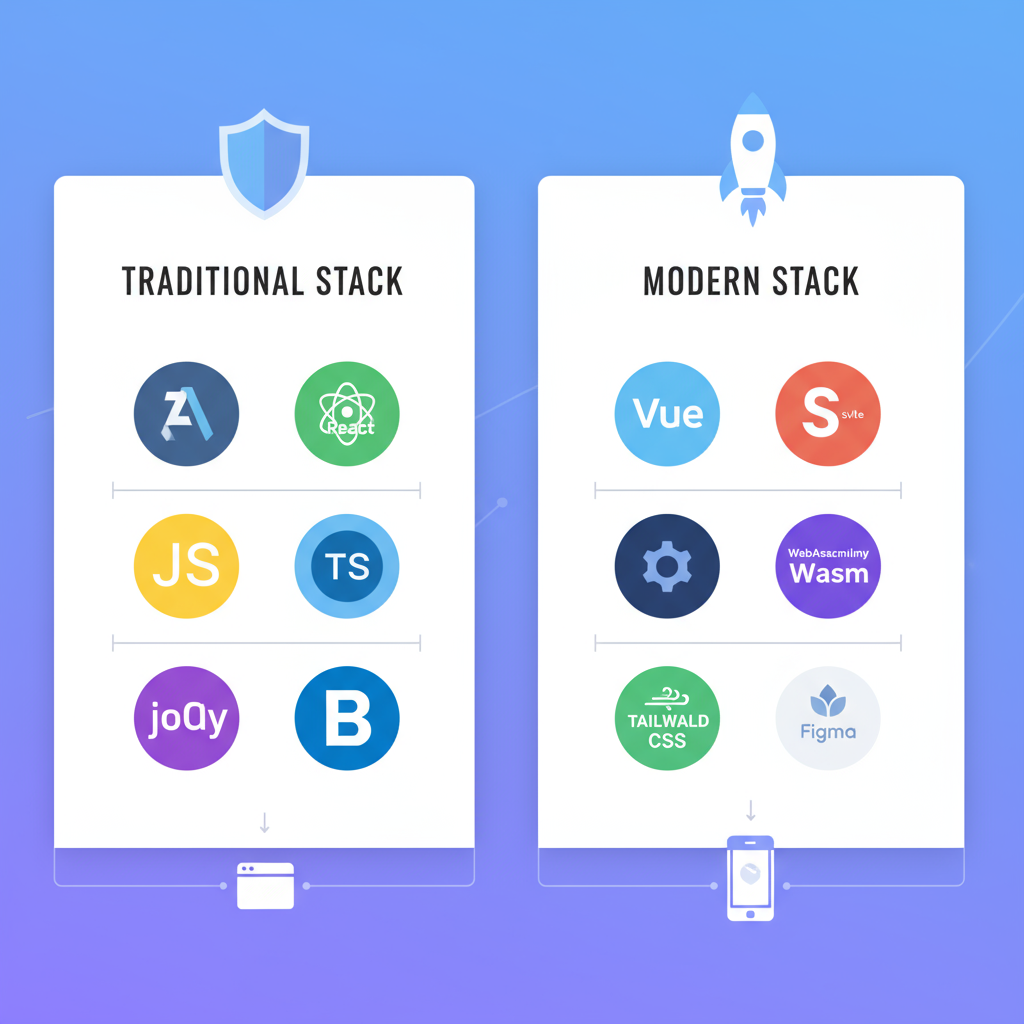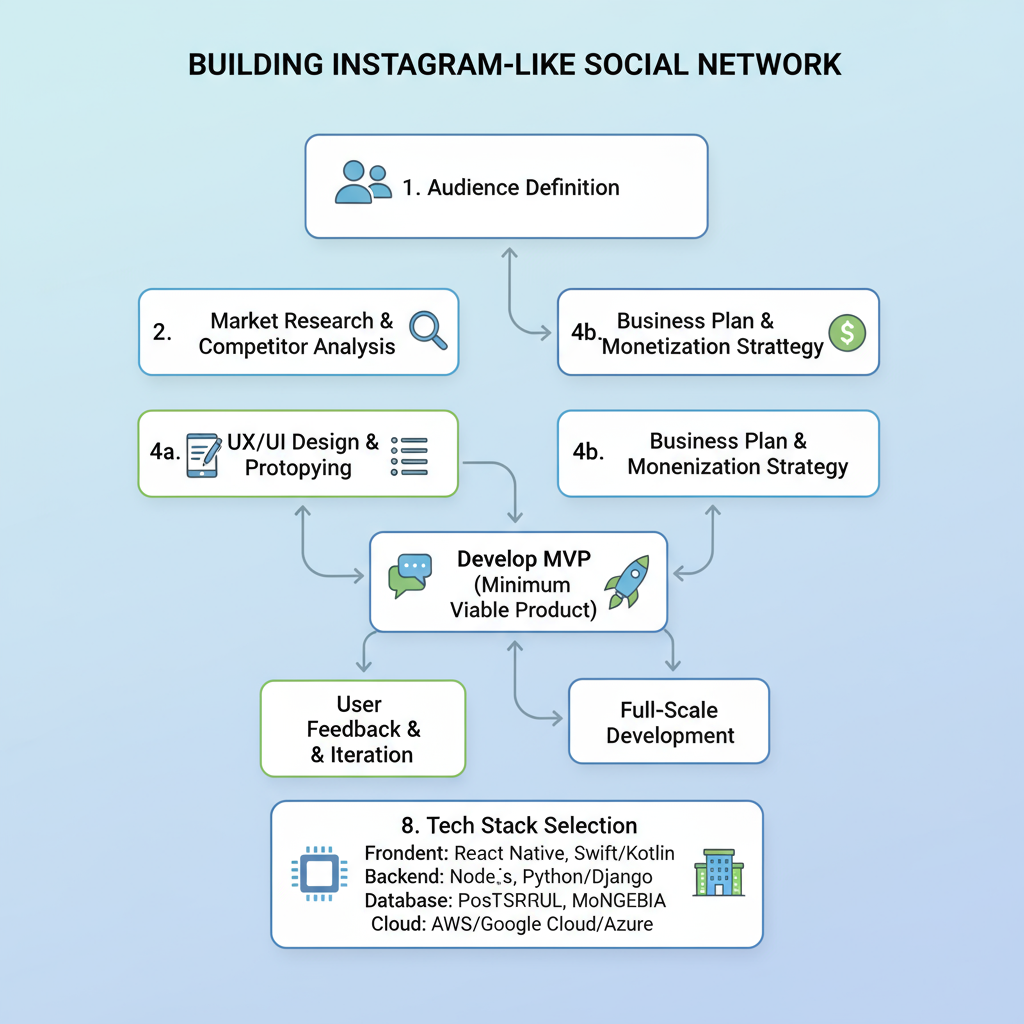How to Build a Social Network Like Instagram
Learn how to build a social network like Instagram, from defining your audience and tech stack to implementing multimedia sharing and security features.

How to Build a Social Network Like Instagram
Creating a social network like Instagram involves more than writing code — it’s about designing a captivating user experience, supporting robust multimedia sharing, and fostering a thriving online community. This guide covers the key stages, from defining your audience and technology stack to scaling your platform for global growth. If you're aiming to compete in the visual social media space, the following roadmap will help you align your vision with proven strategies.
---
Define Your Target Audience and Unique Value Proposition (UVP)
Before starting development, clarify who your platform serves and why it stands out.
Identifying Your Audience
- Demographics: Age range, profession, location.
- Psychographics: Interests, preferred content types, online behavior.
- Pain Points: Gaps users perceive in current social network offerings.
Crafting the UVP
Your Unique Value Proposition is your core promise. Examples:
- Superior privacy and data security features.
- Exclusive focus on niche communities (e.g., eco-conscious living, athletes).
- Innovative content formats, such as augmented reality posts.

---
Research Competitors
Analyzing Instagram, TikTok, and niche-specific networks reveals opportunities and market gaps.
Key Metrics to Review
- Monthly active user counts.
- Engagement rates (interaction per post).
- Monetization and growth strategies.
| Platform | Main Audience | Strengths | Weaknesses |
|---|---|---|---|
| 18–34 yrs, global | High-quality visuals, diverse features | Opaque algorithm | |
| TikTok | 13–30 yrs, global | Short-form video virality | Privacy concerns |
| Niche Platforms | Interest-specific communities | Loyal user base | Limited reach |
Use these insights to fine-tune your features and messaging.
---
Choose Your Tech Stack
The technology stack defines scalability, performance, and development speed.
Frontend Options
- React Native: Cross-platform mobile apps.
- Vue.js or React.js: Responsive web client.
Backend Approaches
- Node.js with Express: Event-driven architecture.
- Django: Scalable, secure REST API support.
Databases
- PostgreSQL / MySQL: Structured relational data.
- MongoDB: Flexible document-based storage.

---
Select Core Features
To match user expectations:
- User Profiles with bios and profile pics.
- Feed showing followed accounts’ posts.
- Likes & Comments to encourage engagement.
- Stories for ephemeral content.
- Private Messaging capabilities.
Start with essentials, then expand features post-launch.
---
Integrate Multimedia Handling
Photo and video sharing powers a social media experience.
Technical Essentials
- File upload APIs:
// Example: Node.js file upload endpoint
app.post('/upload', (req, res) => {
const file = req.files.image;
file.mv(`/uploads/${file.name}`, err => {
if (err) return res.status(500).send(err);
res.send('File uploaded!');
});
});---
Build a User-Friendly Interface and UX Flows
A sleek, intuitive interface improves retention.
- Clear, consistent navigation.
- Fast and simple posting process.
- Fully responsive design across devices.

---
Implement Secure Authentication and Privacy Controls
Trust grows with strong security:
- OAuth 2.0 or JWT session management.
- Two-Factor Authentication options.
- Customizable privacy settings for profiles and posts.
---
Add Social Discovery Tools
Boost content discovery organically:
- Tagging with Hashtags.
- Advanced search filters by tag, user, or category.
- AI-powered personalized feed recommendations.
---
Content Moderation and Community Guidelines
Protect the community:
- AI-assisted harmful content detection.
- User-friendly reporting tools.
- Transparent guidelines for acceptable behavior.
---
Monetization Plan
Secure revenue streams early.
| Revenue Model | Description |
|---|---|
| Advertising | Native or banner ads from brands. |
| Subscription | Premium features or exclusive content. |
| Microtransactions | Virtual goods, filters, or stickers. |
---
Test for Functionality and Scalability
Before public release:
- Beta test with select users.
- Load test using Apache JMeter or similar.
- Resolve bugs and optimize queries.
---
Optimize Performance Across Devices
Enhance speed and responsiveness:
- Lazy-load visuals to save data.
- Minify code assets.
- Employ CDNs for rapid asset delivery.
---
Launch Marketing Campaign
Drive adoption through:
- Influencer partnerships.
- Targeted social media ads.
- Strategic PR and press releases.
---
Gather Feedback and Iterate
Post-launch growth relies on listening:
- In-app surveys and polls.
- Analytics to monitor engagement.
- Updates focused on top user requests.
---
Plan for Long-Term Growth
Think beyond the launch:
- Expand internationally.
- Explore AR, VR, and other emerging tech.
- Integrate with complementary digital platforms.
---
Summary and Next Steps
Building a social network like Instagram requires meticulous planning, strong technical foundations, and an unwavering commitment to user experience and community trust. By following this roadmap — from UVP definition through global scaling — you’ll enhance your chances of standing out in the competitive social media arena.
Ready to start? Begin by mapping your target audience and UVP, then assemble the tech stack and features that best align with your vision. The sooner you iterate, the faster you’ll build an engaged and loyal community.




